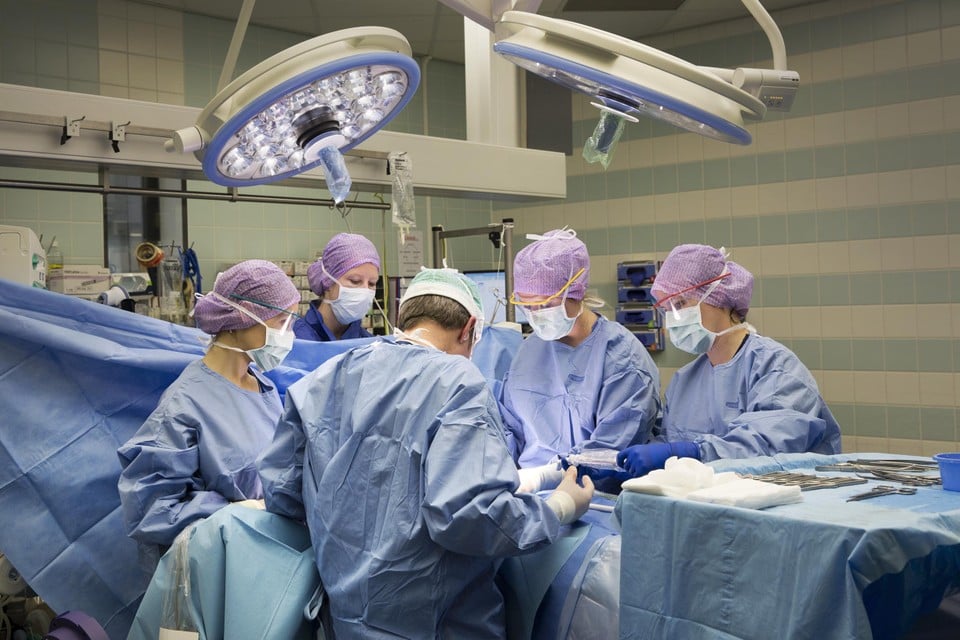In the US approved an eye implant that slows down vision loss

Photo Illustrative: RA2Studio/Depositphotos
The US Product and Drug Control Office for the first time approved an implant for eyethat helps to slow down vision in a rare retinal disease.
An implant called Encelto is intended for people with macular telangioectasia type 2 (mactel) – a disease that gradually destroys vision, writes Medicalxpress.
It is the world’s first device that constantly delivers a neuroprotector (a substance that protects nerve cells) directly to the retina.
According to clinical trials, ENCELTO can slow down degenerative changes by at least 2 years, and potentially and much longer.
How does Encelto work and why is it called a « breakthrough »?
Mactel’s disease affects the central part of the retina, which is responsible for a clear, detailed vision. Patients face problems when reading, recognizing face and small details, and over time, the symptoms only progress.
The Encelto implant constantly secretes a ciliary neurotrophic factor (CNTF), a natural protein that maintains nerve cell viability, in particular retinal photoreceptors.
Cntf acts as a neuroprotector, that is, protects cells from damage and delays degenerative processes.
FDA has approved the drug after two clinical trials of the third phase, which showed that the implant slowed down the loss of photosensitive cells in patients with Mactel for 2 years.
Implants, removed even after 14.5 years, were still producing CNTF, which indicates a long -term device effect.
The implant was developed by Neurotech Pharmaceuticals Biotechnological Company within the framework of many years of cooperation with the laboratory of the scientist-scientist Martin Friedlender (Scrips Research) and the Medical Research Institute of Lovi.
ENCELTO is also also tested for the treatment of other neurodegenerative and vascular diseases, including glaucoma and age -old maculododrophy.
« For the first time, cellular therapy with neuroprotector delivery was approved for the treatment of neurodegenerative disease.
The retina is a continuation of the brain, so if the neuroprotector is effective here, it can help in the treatment of other diseases « – says Martin Friedlander.
The device is expected to become available to patients in the US in June 2025.
We will remind, earlier scientists found a way restore lost vision by means of stem cells.








